AACtual Therapy: AAC Goes to the Zoo
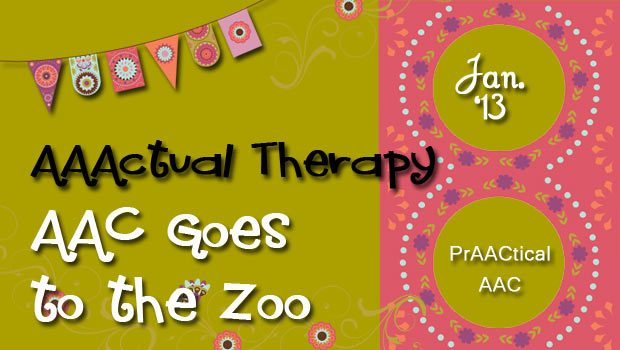
Welcome to AACtual Therapy, a new series on PrAACtical AAC that we’re undertaking in order to give you an up-close-and-personal look at SLPs who ‘do’ AAC. Each of these posts will feature one of our prAACtical friends, some of whom have been AAC interventionists for awhile and others who have come to it more recently. Each one is passionate about giving people a voice no matter what their age or ability level. They’ll be giving us a peek into an AAC therapy lesson that they use, and telling us about the strategies that make it successful. They’ll share a bit about the goals and objectives the lesson was designed to address, and what sorts of AAC their clients are using. Hopefully, we’ll see them in action
Here’s what NOT to expect: Perfection. It doesn’t exist, so we don’t even bother looking for it. We’re featuring these clinicians because we want to give you a real look at real SLPs doing real therapy that really works.
Our first post in this series features Shareka Bentham, an SLP from Barbardos who works with young children. I ‘met’ Shareka through social media and then at the ASHA convention in Atlanta. I was impressed by her passion for learning to provide AAC services and the fearlessness way that she plunges in to try out new ideas, methods, and tools.
Shareka received her degree in speech and language therapy from the University of Auckland, New Zealand. She now runs a private practice in her beautiful home country Barbados, where she has been practicing for 3 years, and works with a mixed caseload. Once a week she works at a special school for children with complex communication needs, which was the main inspiration for her AAC journey. She has been ‘dabbling’ in AAC assessment and intervention for just over a year and loves what she has learnt so far. She hopes someday to become a true AAC specialist.
Making Therapy Functional – A Trip to the Petting Zoo
I have been caught up in an AAC whirlwind over the past year in my practice! I have been doing tons of reading, and practicing these  new assessment and intervention techniques daily to ensure that each one of my clients has some form of communication, whether it be basic sign language, communication books, assistive devices, you name it. I have found, however, that the greatest challenge is making AAC use functional, and getting it to generalize to everyday situations. This, to me, is the only way that a child can become a competent AAC user, and for those around him to become effective communication partners.
new assessment and intervention techniques daily to ensure that each one of my clients has some form of communication, whether it be basic sign language, communication books, assistive devices, you name it. I have found, however, that the greatest challenge is making AAC use functional, and getting it to generalize to everyday situations. This, to me, is the only way that a child can become a competent AAC user, and for those around him to become effective communication partners.
Many a time, I have faced the frustration of walking into a child’s classroom and seeing him/her sitting at a table staring silently into space while a communication book sits comfortably outside the classroom in a schoolbag. I often joke to parents and teachers that it is the bags and cupboards that have the greatest access to communication. However, I have embarked on a mission to demonstrate to teachers and caregivers how they can use AAC devices within home routines, classroom activities, and on general outings.
One of the most exciting activities so far was a classroom field trip to the petting zoo, with one of my patients with ASD. He has recently become verbal, but is still limited to 1-2 word utterances, so I have been using communication boards with him to help expand his sentence structure. Initially, I fell into the trap of using his boards primarily for requests, as the “I want” structure seems to be the easiest. It also has the greatest motivational component, especially for little ones with ASD, as they will use the structure to get a desired item. However, so many important communicative functions are lost, such as commenting, drawing attention, etc. Therefore we started to work on “I have/he she has,” “I feel,” etc.
The petting zoo was a great opportunity to work on “I see”. I called ahead and found out the types of animals that were at the petting zoo, and used Boardmaker to make a handy interactive communication board. It worked really well and he enjoyed using his board with his teacher and me to identify the many animals around the petting zoo, as well as indicating which ones he wanted to return to visit (mostly the goat and ducks).It was a great functional way to use his AAC to learn new vocabulary and make sentences about what he was seeing around him.
However, I also encountered some limitations during this learning experience. This basic vocabulary that I provided was so limited for his range of encounters and interactions at the petting zoo. He was so excited to see the animals I wished then that I had a way for him to be able to express this, or to talk about his feelings towards the animals (“I like the goat.” “I don’t like the iguana.” “The turtle feels funny.”). It would also have been good for him to use his AAC to say “I want to chase the geese” or “Come back geese!” Though I’m not sure how the geese felt about that one…
He was able to carry his board home, and his homework then was to use his board to talk about the different animals which he saw at the petting zoo, and to also incorporate this with a yes/no board which he had from a previous session (We have been working on responding appropriately to yes/no questions).
It is very difficult with beginning AAC users, for us to predict all the vocabulary that a child may need to get a message across within a particular environment, and still not overload the child with too much vocabulary. This is something that I am still learning as I develop my skills as an AAC therapist. I’ve since tried to help with this by carrying a small folder with a wide range of symbols that may be used within different settings (emotions, greetings, basic requests, expressions, common objects), and I add to it as new vocabulary arises.
The success (as well as the challenges) of this activity have left me optimistic and excited about planning more functional activities for him, and for my other patients.
Filed under: PrAACtical Thinking
Tagged With: AACtual therapy, generalization, preschool
This post was written by Carole Zangari
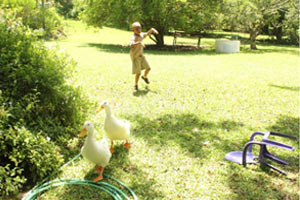

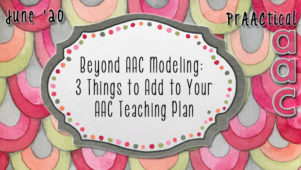
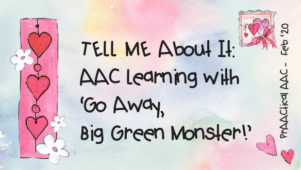
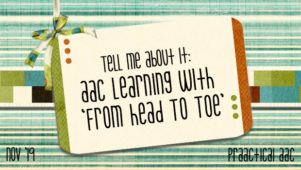
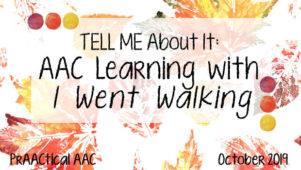
2 Comments
Thanks so much for sharing this! This was exactly the kind of thing I was talking about in terms of showing what IS working in AAC. Keep the creative ideas coming and Shareka, keep up the excellent work! Your work is recognized and valued!
Thanks, John! We’re excited about the series and hope to share others like it. Plz let us know if you have anyone who you’d like to suggest.